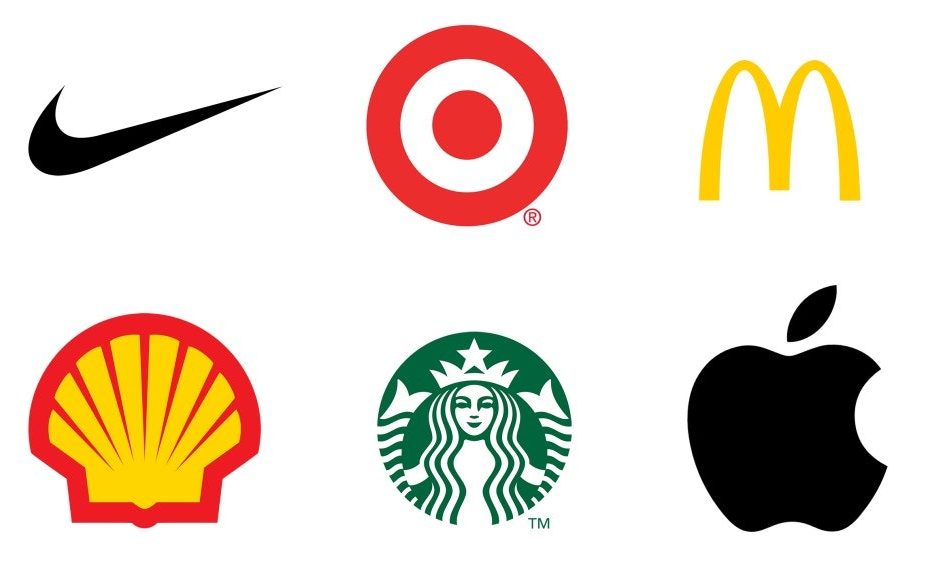In a sea of over 500,000 brands, it’s easy for your brand to get lost in the shuffle. More than anything, it’s important to make sure that your consumers know your brand and that it stays at the forefront of their minds. So how can you build a successful brand? Through brand management.
Discover what makes brand management work and take notes from some of the remarkable branding strategies to date.
Key principles of an effective brand management
—
Brand management is the process of developing and sustaining a company’s identity and reputation in an ever-evolving market. It is the foundation of all on-brand strategies, including marketing and product strategies.

When done right, you can maintain your market hold, increase revenue, and eventually extend your company’s longevity. Here are the following core principles to effective brand management:
- Brand recognition is the name of the game
- Leverage the power of emotion
- Cultivate a community of loyal customers
- Don’t let your brand go stale! Innovate and stay current
- Simplicity goes a long way
- Listen to your customers and understand them
1. Brand recognition is the name of the game
If I showed you the logos below, would you recognize which brands they belong to?

How about this delivery box with an arrow drawn like a smile?

If you answered yes, that’s brand recognition.
A brand’s journey to brand recognition starts with establishing awareness or letting consumers know that you exist. The more familiar they become with your brand, the easier it will be for them to recall it. If you succeed, your brand will leave an imprint on their minds, triggered by simple cues like your logo, packaging, or even just the colors that you use.
Catch attention
To attain this, you’ll need to begin with the basics. Step one: Grab your consumers’ attention. For example, you can create a logo that reflects your brand persona or that highlights the brand features that your target market can relate to.
For example, the German craft beer AND UNION caught everyone’s attention through its packaging. Its range of too-pretty-to-throw-away cans and bottles made a change from what beer fans would usually find on the shelves.

Ensure that your brand touchpoints or any interaction you have with your consumers—packaging, advertisements, websites and salespersons—also work in unison to drive brand recognition.
Be authentic
According to a Stackla survey, 86% of consumers gravitate towards brands that are authentic or stay true to their brand messaging.
Take fashion retailer Monsoon. To increase its market hold, Monsoon leveraged user-generated content or content organically shared by consumers on social media. The Instagrammable posts with the hashtag #mymonsoon featured photos of the brand’s customers dressed in their Monsoon outfit of the day.

The photos reflected everyday women whom many could easily relate to, echoing its mission statement to “enrich everyday life with natural beauty, positivity, and endless discovery”. By lining up its campaign with its mission statement, the brand created a positive impression among its target audience and reported a three-percent revenue boost.
Done consistently, you can reach top-of-mind awareness where consumers easily relate your brand to a product niche. An awareness level coveted by all brands.
2. Leverage the power of emotions
When a person sees a post about your brand on social media or comes across your product packaging at a mall, how do you want your consumers to feel? Excited? Happy? Sentimental?

Humanizing your brand involves connecting with your consumers on an emotional level. And Coca-cola is a great example of a brand that has successfully created an emotional connection with their consumers.
Utilize everyday mundanities

Their ‘Happiness starts with a smile’ marketing stunt came as part of a wider marketing campaign. A man on board a train starts to laugh while looking at his tablet. His laughter proves infectious and soon everyone around him is giggling too. Coca-cola staff hand out bottles of Coke to the passengers and voila—they’ve attached the brand to a feeling of happiness.
Choose color consciously

One of your first steps to establishing emotional connections is through your brand identity. There is a reason why certain brands choose the colors they do to make up their logos or primary color palette. Social network giants Facebook and Zoom chose light blue because of its friendly appeal.
Meanwhile, the color red brings out feelings of excitement, power, and urgency. It can also stimulate hunger, making it a popular color choice for restaurants and food delivery brands. Just take a look at KFC’s ad, which features KFC’s delectable crispy chicken bucket backdropped against the color red.

3. Cultivate a community of loyal customers
Aside from capturing attention, the principles mentioned above are vital in fostering a pipeline of loyal customers. Collaborating with the appropriate influencers and celebrities for your brand is never a bad idea to increase awareness.

But honest feedback and testimonials from real people consistently win consumer trust, especially among the younger generations sick of celebrity endorsements. The best way to improve the value of your brand is by creating a community of loyal customers-slash-brand-advocates.
Set up loyalty programs and referral programs that reward repeat buyers. Initiate channels in which customers can share their feedback and experiences with your brand, like social media communities and forums.
Take the initiative
More importantly, be responsive. Take part in every conversation related to your brand and be quick in recognizing and addressing problems.
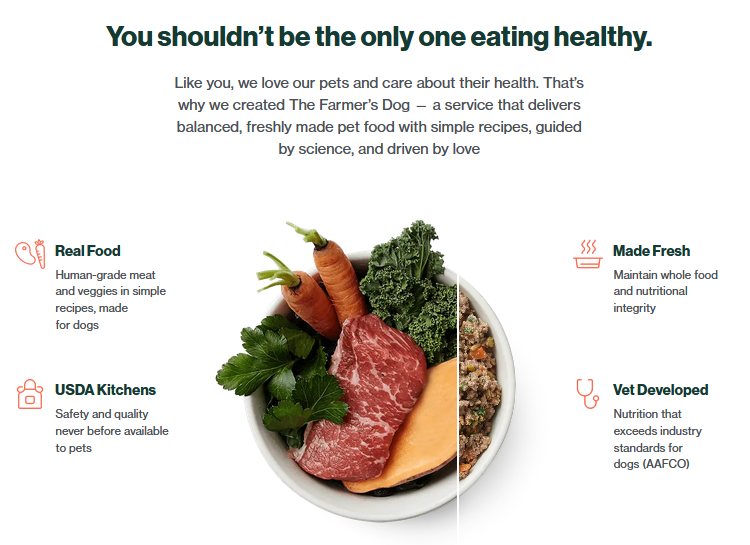
For instance, the ecommerce brand The Farmer’s Dog maintains close communication with customers to build up loyalty. It offers a healthy alternative to standard pet food and supports the user throughout their journey on the website, especially during order customization.
This attentive attitude seems to be working. With a slowly growing pipeline of like-minded people promoting The Farmer’s Dog to friends and family, the brand has reported a 500% year-over-year growth.
Another such company is Whereby, a video conferencing platform, that keeps its customers involved by offering a loyalty program with a twist. Instead of freebies and other direct perks, the brand launched a campaign that gives its users the chance to do good for the environment.
For every three video meetings on the platform, Whereby will plant a tree. With one million trees planted in different communities in Africa, the mission-driven campaign was a success.

Get a good rep for your workplace
It is also vital to foster a workforce that reflects your brand. When you have satisfied employees that understand and are proud of your brand, they leave a positive brand impression on your customers.
Enrich your employee’s experience with your brand by creating an inclusive and supportive environment. You can also offer benefits, employee recognition programs, and training sessions.
Bumble, a popular online dating app, has made the news by allowing its employees to have a week-long paid vacation. A much-needed respite from a stressful year brought on by the pandemic. In effect, the brand gained a 93 percent satisfaction rate with employees who are proud of Bumble and are less likely to leave.
Happy employees make happy customers!
4. Don’t let your brand go stale! Innovate to stay current
Whenever a brand fails to reach its goals, especially in establishing brand recognition, it’s natural for business leaders to keep rebranding until they find the right formula. The problem is once they find a formula that works, they’re often too afraid to play with it. By the time they decide to overhaul, their competitors are way ahead of the game.

Evolve your brand in line with society
To thrive in a competitive landscape, you must innovate. Data is your best friend when exploring creative solutions and developing your products. Innovation should be present in your workforce as well. After all, your team is your brand’s mouthpiece. Hire talents with diverse experiences, encourage collaboration, and offer training.
And don’t forget to let your brand design evolve, too! Update yourself on current brand trends and integrate the best fit to your visuals. And this is an important principle that makes brands last.
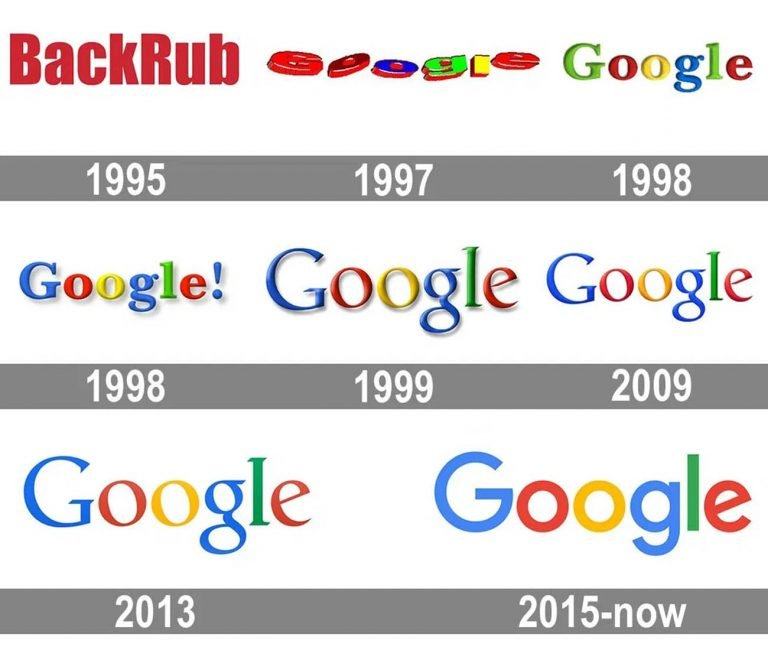
For instance, despite Google’s success as the number one search engine across the globe, the brand strives to do better in its product offerings and brand design. In fact, every logo change Google does also signifies milestones that it has achieved in innovating its products.
But what happens if you fail to innovate? You lose your market and fade.
If you need proof, look no further than Nokia. As it became complacent with its success, it refused to acknowledge the market trend towards Android smartphones. An error that resulted in a €2.43 billion revenue loss.
Do your research
Sometimes, the answers to how you should innovate are already in your hands. Carefully analyze first-hand customer information from your internal team and determine buying trends. Use tools like Facebook Insights and Google Analytics to take a closer look at how your visitors behave online. By leveraging these, you can create well-informed decisions.
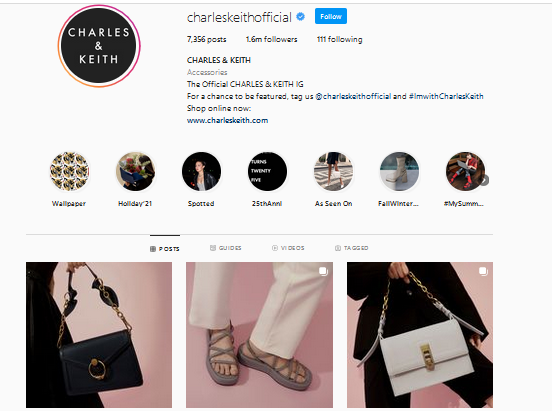
Charles & Keith, a Singaporean fashion retailer, is lauded for its culture of innovation. Before ecommerce invaded the digital landscape, the brand had already launched its ecommerce site in 2004, shipping to 70 countries worldwide. Now, the brand has a mobile shopping app and a strong social media presence, to boot.
The Asian brand’s success attracted the attention of the French luxury house, Louis Vuitton Moet Hennesy (LVMH), leading them to buy 20% of the company’s shares.
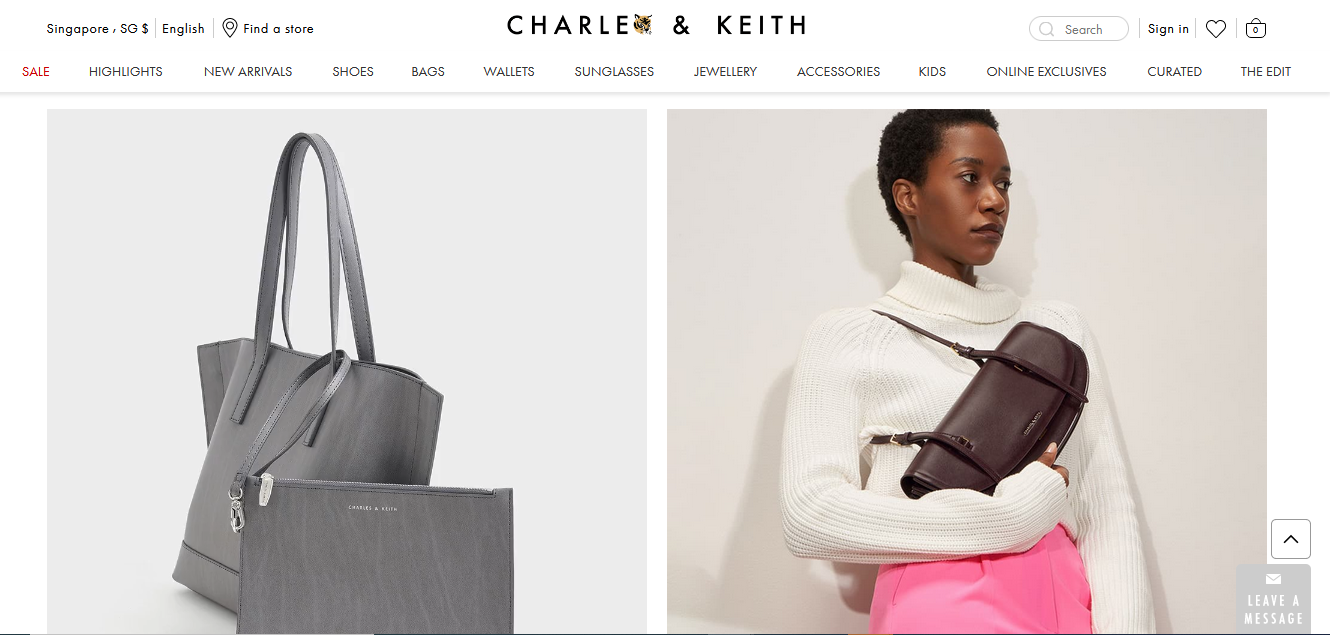
5. Simplicity goes a long way
To innovate doesn’t mean to be extravagant. Above all, it means improving your brand so that the customer experience becomes seamless and clear. Sometimes, that means simplifying and better specifying your concept.
For example, ecommerce platforms have been quick to innovate single-click ordering, a feature that was first popularized by Amazon’s 1-Click Ordering. Instead of entering billing and shipping details every time you as the consumer makes an order, this info is saved to your account and you can click once to automatically enter them all.

In terms of branding efforts, it is best to be precise and consistent with your brand messaging. Doing so avoids confusion on what your brand offers and gives a clear and understandable brand direction to your team.
In 2012, an amusing but on-point ad for DollarShaveClub.com, a razor membership company, started making rounds on the internet. The brand’s proposition in its no-nonsense ad is simple: You can get a month’s supply of high-quality razors for only a dollar.
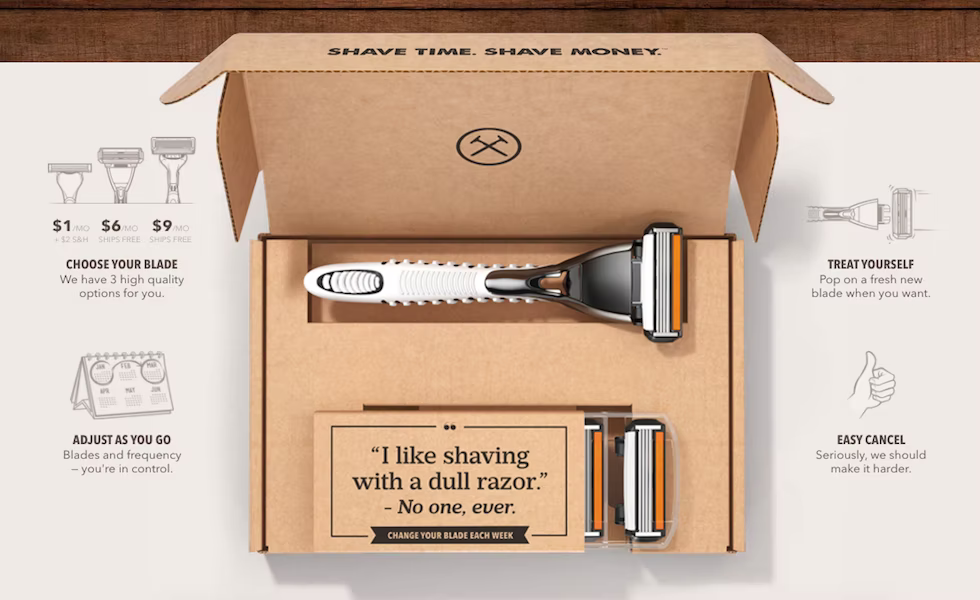
The ad successfully cut through the competition by eliminating the fun-to-have and instead encouraging customers to stick to the essential features; stainless-steel, high-quality yet affordable razor. No flashlight on razor handles. No unnecessary multiple razor blades.
That said, simplicity doesn’t mean boring.
Just take a look at this ad featuring dads with bods for the brand’s Father’s Day campaign. For an industry usually swimming with ripped torsos, this ad was a refreshing take on grooming products.

DollarShaveClub.com’s consistency in branding paid off. Gillette, one of the most popular safety razors brands and its largest competitor, lost 24% of its market share.
Listen to your customers and understand them
Nothing irks customers than having their feedback fall on deaf ears. According to data, 86% of customers would switch to a more expensive competitor for a better brand experience.

Be open and proactive about feedback
Despite your best efforts to put out great products, receiving negative feedback can be overwhelming. But instead of taking feedback to heart, you can turn them into actions that can propel your brand forward.
Consider installing in-store feedback boxes and surveying your consumers, especially when you introduce changes and new products. Social media platforms and dedicated websites for surveys, like SurveyMonkey and MailChimp, can make survey distribution and collection easier.
Or better yet, talk to your sales team and keep track of consumers’ feedback.
Armed with multiple consumer insights from various channels, you can get a pulse on your market, analyze trends, and determine areas for improvement for your brand.
Be consistent with your approach
For over 70 years, IKEA has been committed to its philosophy of creating a “better everyday life for the many people”. How? IKEA believes in the power of data and customer insights.
The brand sends a team of experts to different homes and observes different routines of people to discover emerging needs and concerns. This process is instrumental in their innovation process.
You can read some of the company’s findings on its Life At Home report.
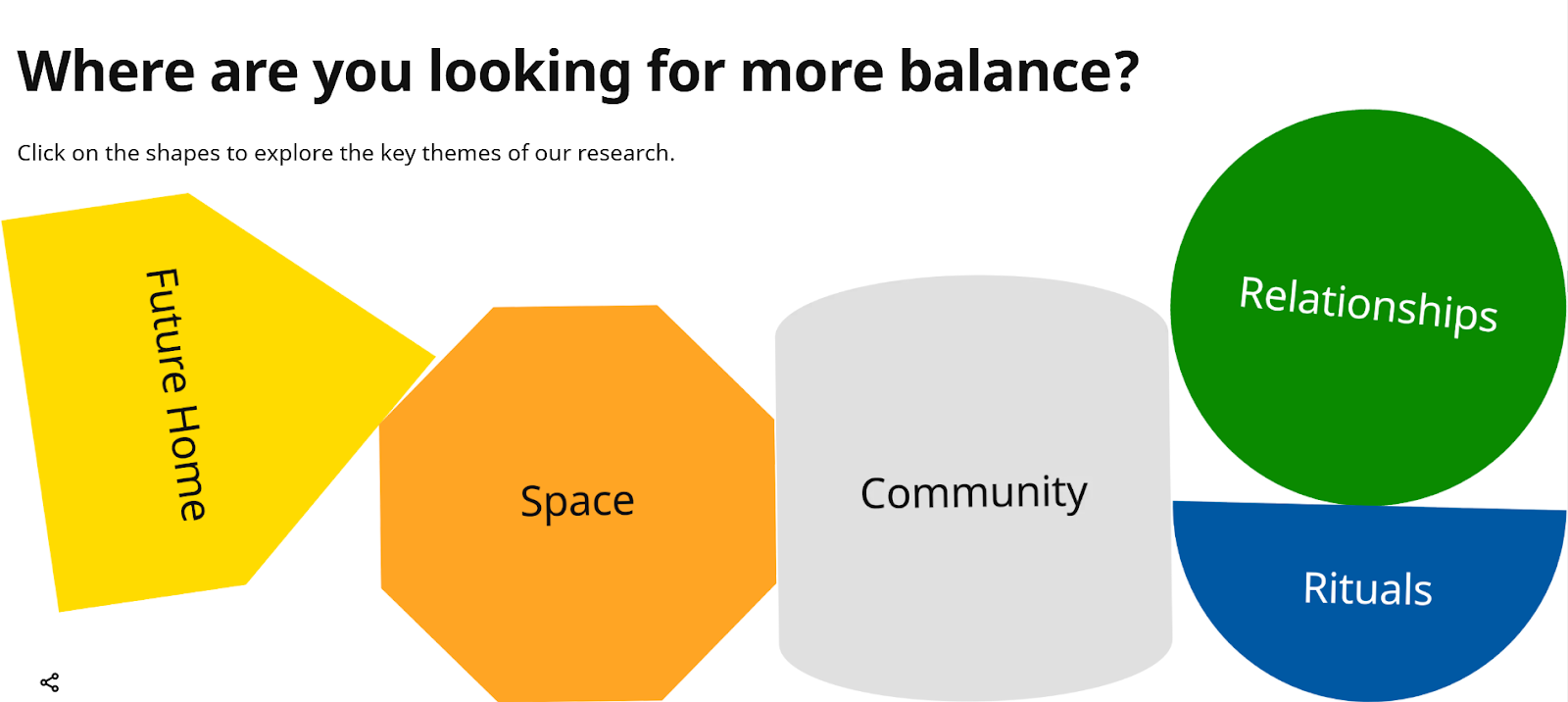
As a result, IKEA has evolved to advocate for affordable yet sustainable products. It boasts a collection of furniture made of recycled materials and responsibly sourced wood from its 11,000 acres forest. An indication that the brand takes its consumers seriously, especially in a market seeking greener products.
And it looks like IKEA is on the right track. Data shows that by 2027, the demand for global eco-friendly furniture will grow to as much as $50.1 billion.
Being a customer-centric brand can increase customer satisfaction and retention rates.
Build a brand that lasts
—
Successful brand management is a convoluted task. In a digital era where there are a plethora of customer touchpoints, it can be tricky to keep track of the innovations and brand management strategies you need to implement. But with an A-team that fully understands the key principles in establishing a brand, you can bring your business to the next level.
